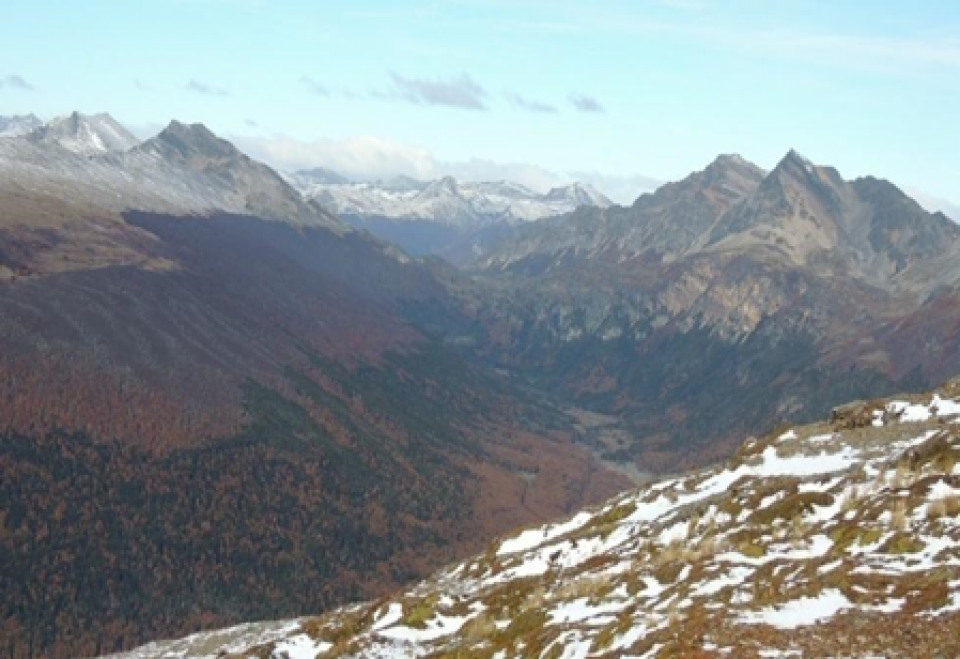
Santa Cruz province (Southern Patagonia, Argentina) is dominated by steppe and shrubland, where forests occupy a narrow fringe along the base of the mountains. It has a population density of 1.3 inhabitants per km2 mainly concentrated in small towns and cities. Tierra del Fuego has grasslands in the north and forests in the south and has a population density of 6.0 inhabitants per km2. In Santa Cruz 75% of land is private, while private land accounts for 50% in Tierra del Fuego. Both provinces have large remote pristine areas with excellent conservation status.
Quantifying the impacts of traditional forest management on biodiversity and ecosystem services values and developing new forest management strategies using the retention capacity of the forest.
The study demonstrates the advantages of the different proposals on biodiversity and ES values, and the costs for companies and society. The case-study improves the local forestry with practical recommendations, improving conservation in the managed forests.
The benefits of the projects were received mainly by ranchers and sawmill owners (e.g. certification processes and improvement of management methods), as well as technicians of the main regional institutions (e.g. forest and agricultural agencies) and national government. Local people and NGOs interested in nature will also benefit from better holistic management of the forest and grassland. Representative members of our case study advisory board will receive the news and the preliminary results of our studies.
The landscape planning in Southern Patagonia is based mainly in provisioning Ecosystem Services, however other Ecosystem Services (e.g. cultural) have increased in importance during the last decades due to the increase in population and tourism-based companies. The synergies and trade-offs among the different Ecosystem Services provision and also with the biodiversity conservation have an effect on management planning and lead to the development of new strategies. The lesson learned is that biodiversity values and the different Ecosystem Services should be taken into account in management strategies at landscape level. Finally, the most employed methods in well-developed countries need a lot of data that are usually not available for remote areas like Patagonia. We therefore need to develop new alternatives that are suitable for our requirements and database availability.~
